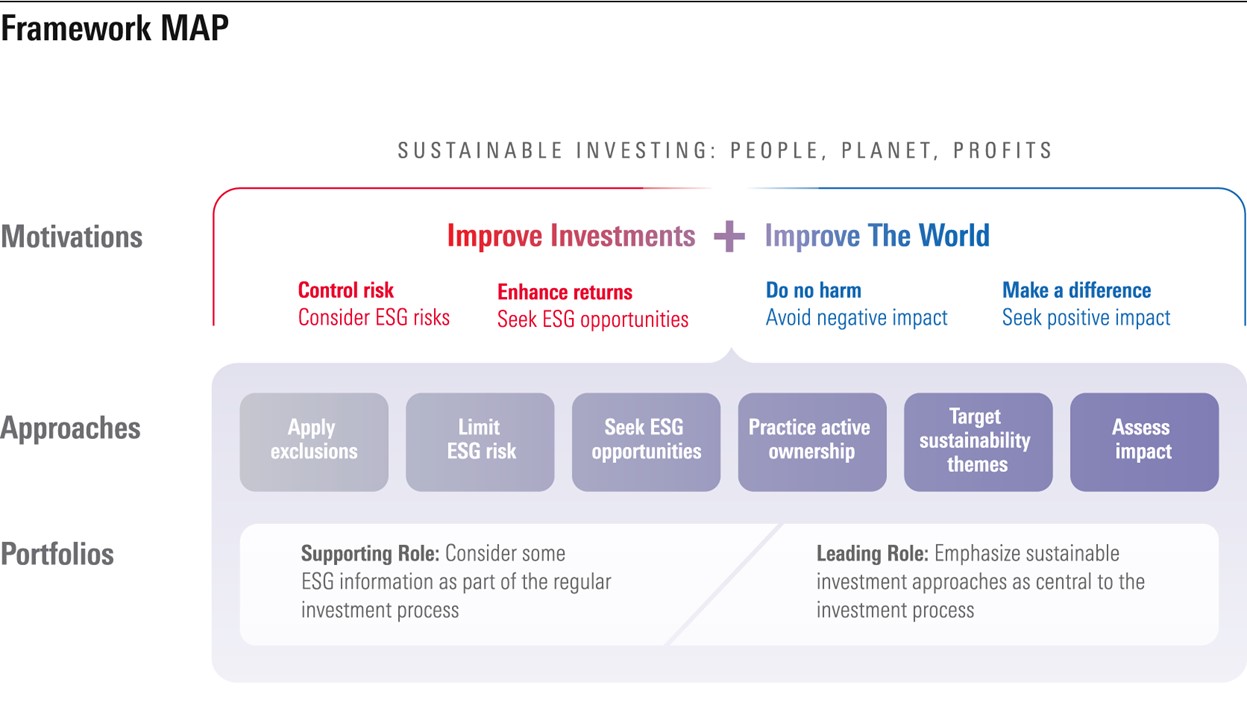
Sustainable ETF Choices Are Abundant, but Assets Are Small
Of the more than 1300 ETFs from Canadian-domiciled fund manufacturers, the Canadian Investment Funds Standards Committee (www.cifsc.org) has identified roughly 136 of them that have disclosed that they have a sustainable investment objective and use sustainable investment approaches.
In other words, roughly 10% by count, of Canadian-domiciled ETFs have identified as using one or more sustainable approaches. By assets, there is a total of roughly $12.5 billion invested in this set of ETFs which is still just a small fraction of the $350 billion invested in Canadian-domiciled ETFs. Meanwhile, as we can see, overall ETF assets are accumulating quickly:
The intersection between sustainable investing and ETFs is interest to many investor demographics, including those who don’t need advice coupled with the sale of mutual funds, and those who simply wish to be diversified in a sustainable way while maintaining their portfolio positions.
What Sustainable Approaches Are There?

Some investors largely concerned about improving their own financial outcomes through controlling risk might seek out sustainable funds that use exclusions or limit ESG risk (also known as ESG Integration). Other investors seeking to make a difference in the world might instead opt to look for funds that have a stated impact objective.
Passive ETFs, which make up the broad majority of those available from Canadian-domiciled fund companies, lend themselves particularly well to a best-in-class approach (noted above as ‘seeking ESG opportunities’). Here the idea is that a universe of companies is assessed on their ESG risks, and a portfolio is chosen amongst those that have lower levels of ESG Risk. Index providers can create rules around these parameters and publish indices which ETFs are created from. Best-in-class sustainable ETFs can appear very much like a traditional market-cap weighted index exposed to a specific geography, with the overarching idea that the overall level of ESG risk inherent in the portfolio is lower than that of a traditional index.
Are Sustainable ETFs Doing What They’re Saying?
Have best-in-class sustainable ETFs delivered lower ESG risk? For the most part, yes. The below chart shows a comparison of the Morningstar Sustainability Rating (a portfolio level ESG risk measure) for ETFs that have self-identified as using a sustainable approach against the full universe of all Canadian-domiciled ETFs.
This Is Overwhelming – Where Do I Start?
If sustainable investing is a new arena for you, the framework above is a great place to start. By asking yourself what your motivation is for investing sustainably, you can narrow down the sustainable investment approaches that are being used by fund providers today. From there, visiting www.cifsc.org will point you to a concrete universe of funds and ETFs that use one or more of these approaches, noting that those identified have stated these approaches in their regulatory filings (like a fund prospectus).
Don’t forget though, sustainable investing is still investing. It’s vitally important that you don’t lose sight of your financial goals, and the never-ending exercise to match the amount of risk you can take on (a function of wealth and age) to the amount of risk in your portfolio (a function of geographic and asset class allocation).
This article does not constitute financial advice. It’s always recommended to conduct one’s own research before buying or selling any investment.




















